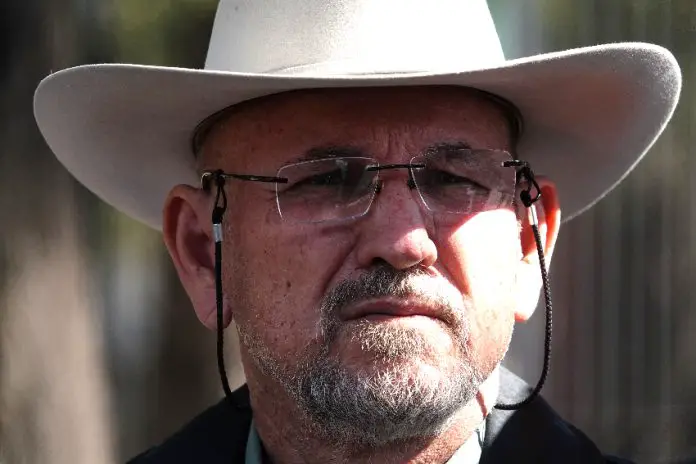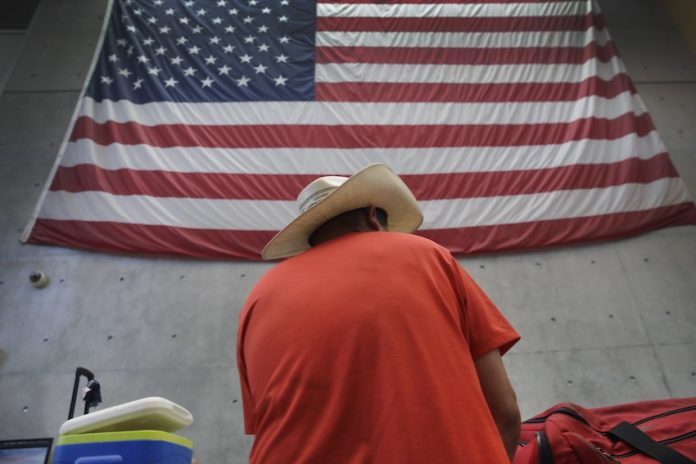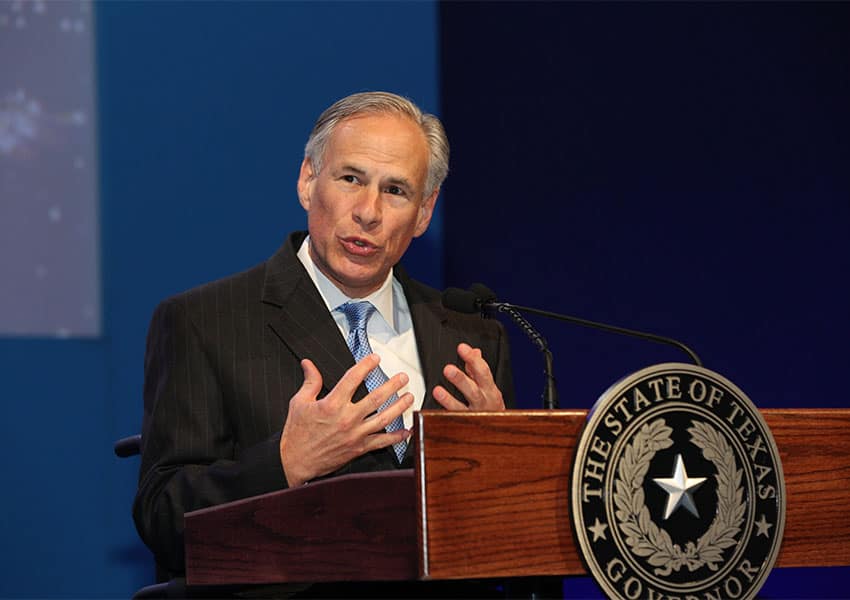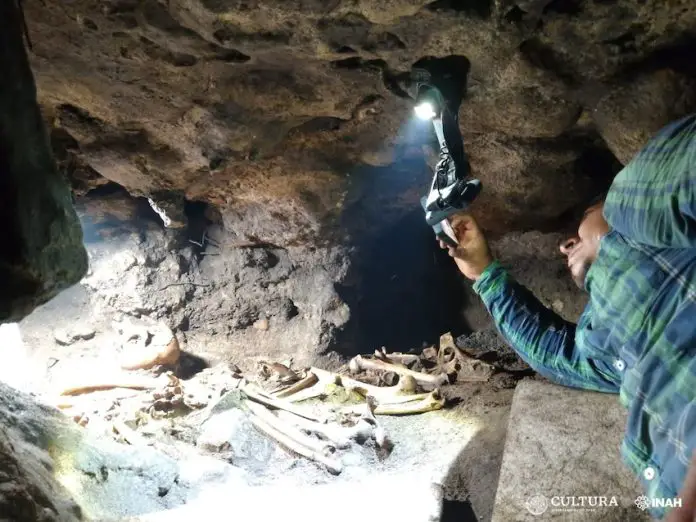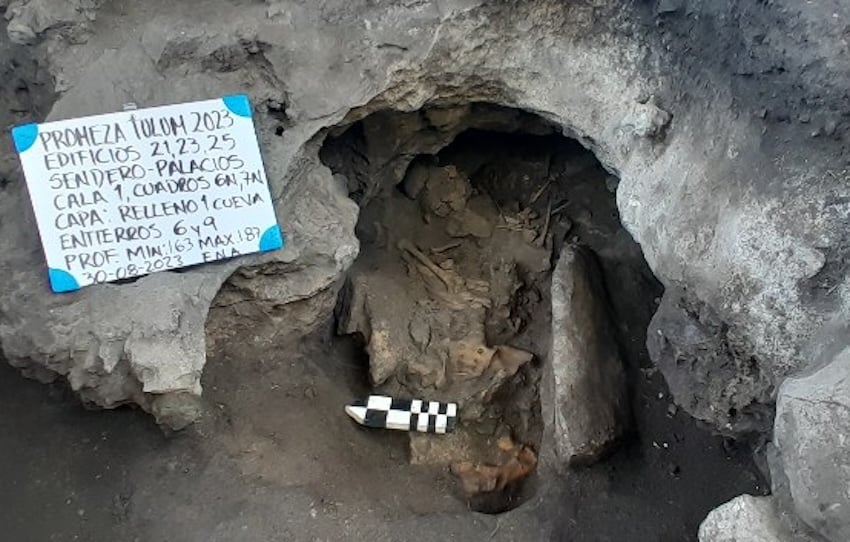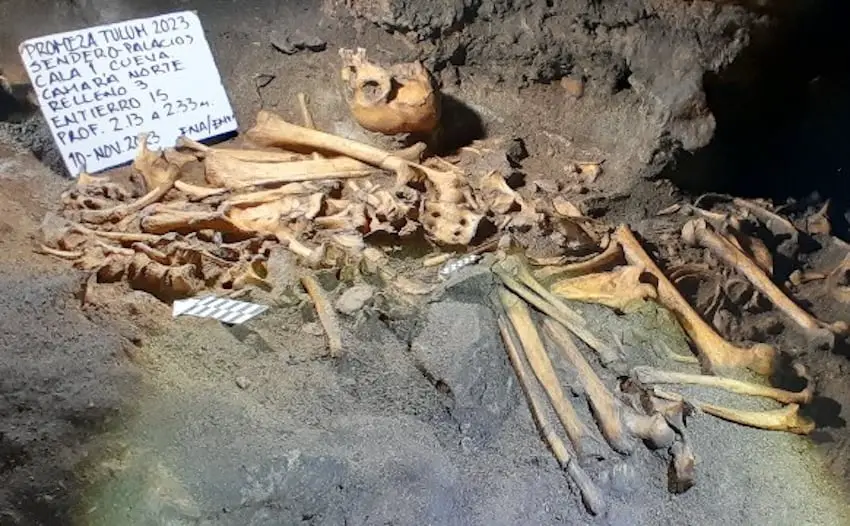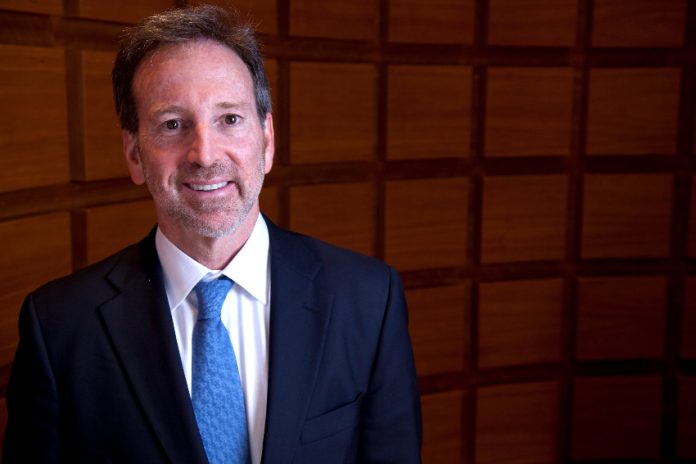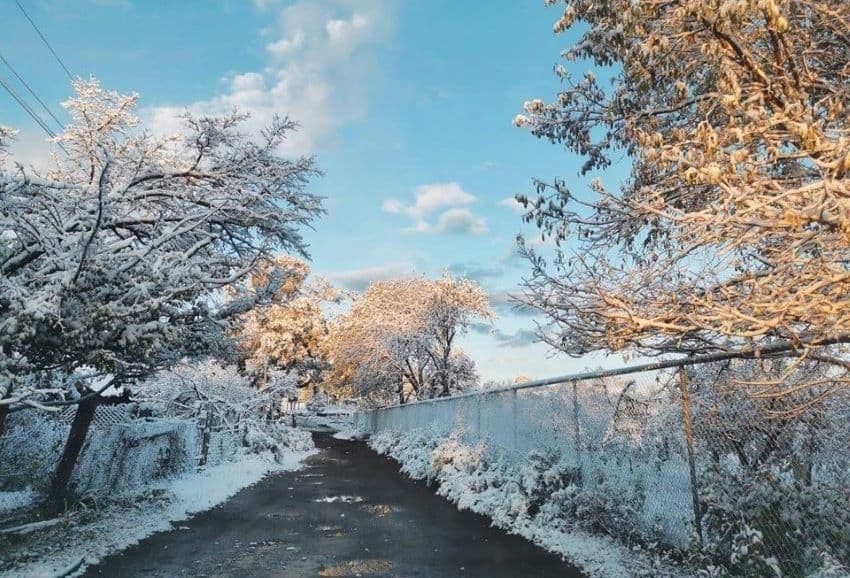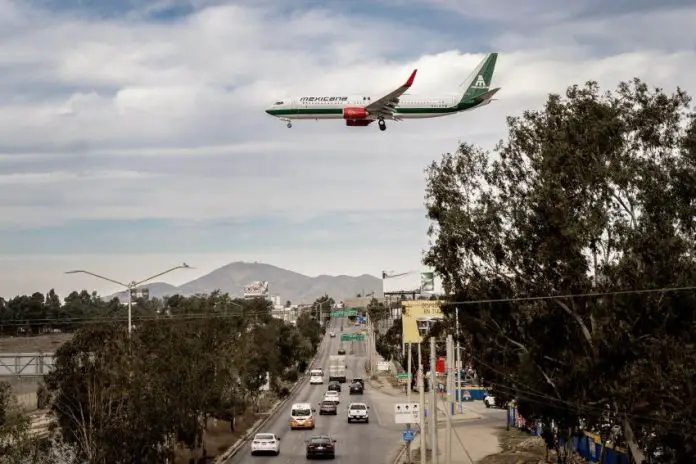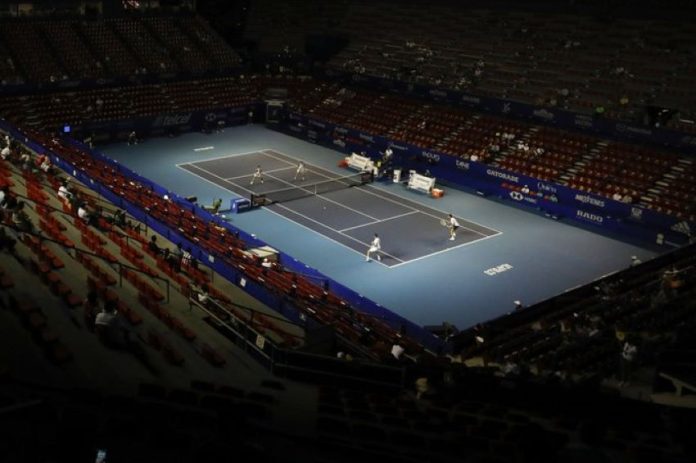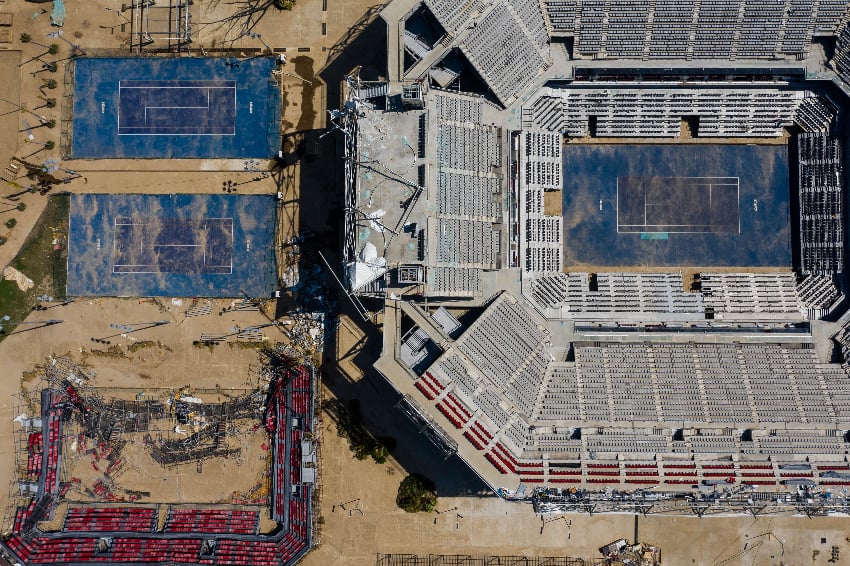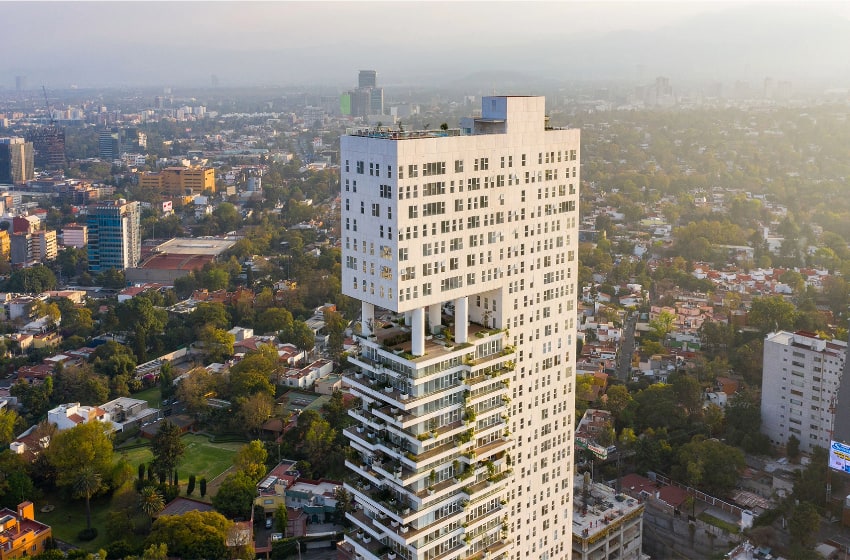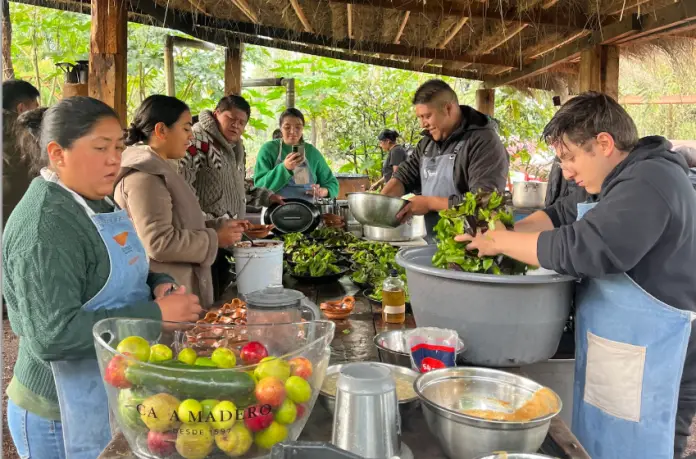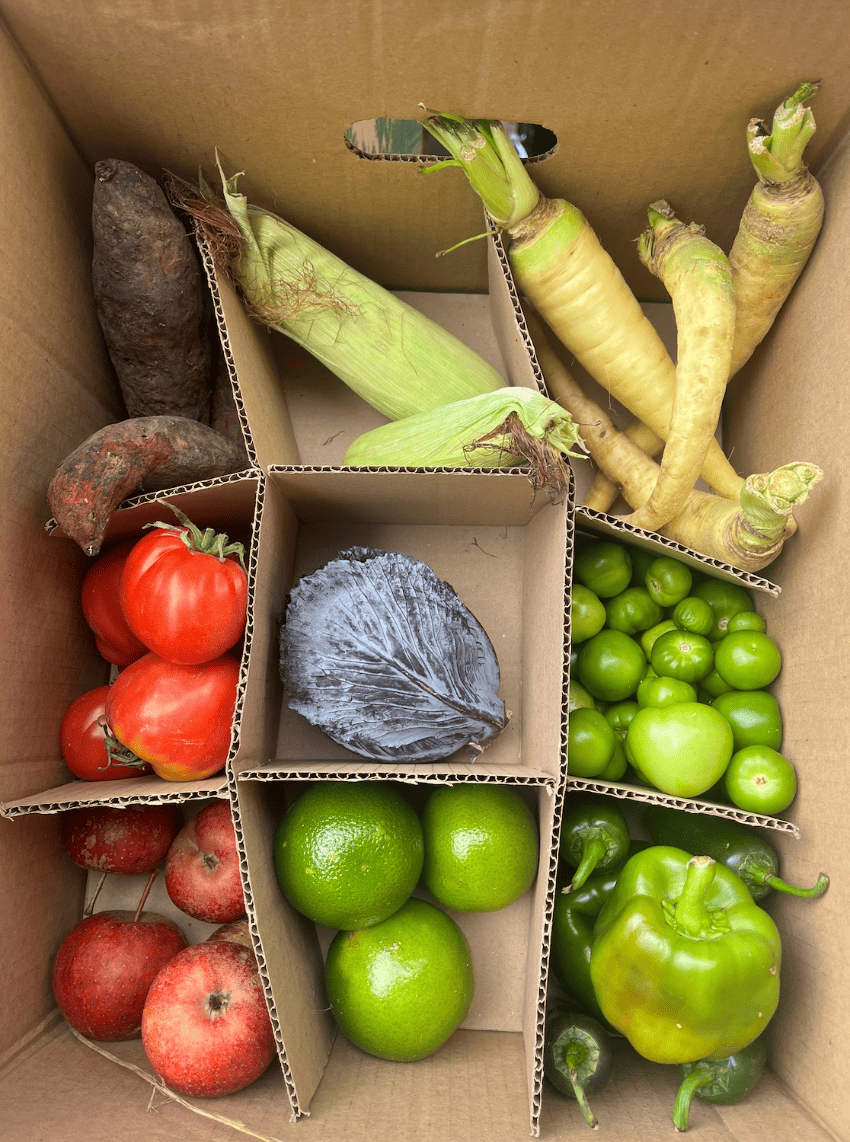Authorities in Michoacán have arrested a presumed member of the Viagras crime group in connection with the murder in June of former self-defense force leader Hipólito Mora, according to the victim’s brother.
Mora, the co-founder of a citizens’ self-defense force movement that took up arms in 2013 and succeeded in driving the Knights Templar cartel out of Michoacán, was killed June 29 in Buenavista, a municipality in the notoriously violent Tierra Caliente region of Michoacán.

Gunmen also killed three bodyguards who were with Mora when he came under fire in the small town of La Ruana.
Guadalupe Mora told the Quadratín news agency and the Milenio newspaper that Brayan Quintero Equihua was arrested early Tuesday in connection with the murder of his brother.
He said that police, acting on a warrant issued for the arrest of Quintero, detained the suspect at the home of his mother-in-law in La Ruana. As of Wednesday morning, authorities hadn’t confirmed the arrest.
The Michoacán Attorney General’s Office had offered a reward of 100,000 pesos (US $5,850) for information leading to the arrest of Quintana, who is aged in his early 20s.
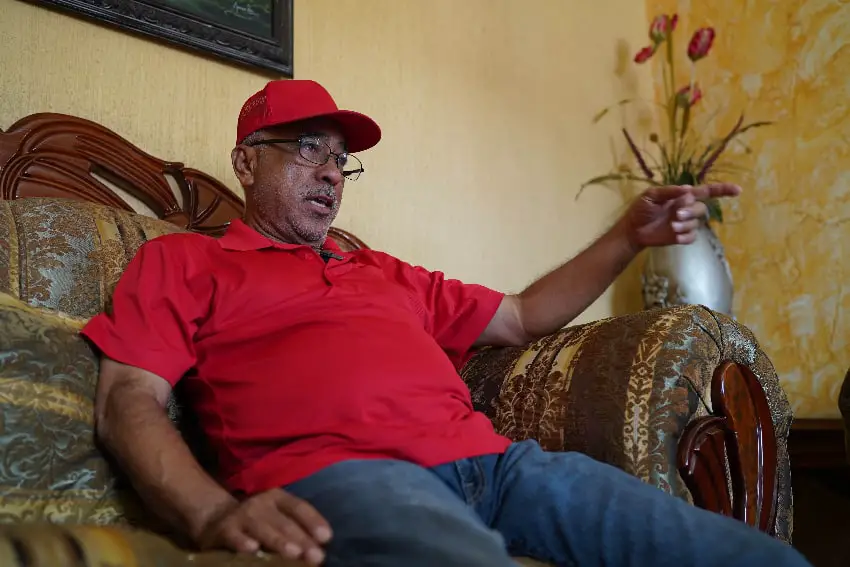
Shortly after his brother’s death, Guadalupe Mora accused the military of collusion with the Viagras, head of a larger criminal group known as the Cárteles Unidos.
“All of La Ruana knows that the soldiers, those who are here, are very involved with them, with those who killed my brother, with the Viagras. That’s why they left, they gave [the Viagras] a chance to kill him,” he said.
On Tuesday, Guadalupe Mora thanked the Michoacán Attorney General’s Office for taking Quintana into custody “because we want justice.”
All those involved in the murder are “identified,” he added.
Authorities are seeking to arrest four other suspects in connection with the murder of Hipólito Mora, a lime farmer turned vigilante who spent periods of his life in jail both in Mexico and the United States for crimes including kidnapping and drug possession, and ran unsuccessfully as a candidate for federal Congress in 2015 and governor of Michoacán in 2021.
One of the suspects is Heladio Cisnero Flores, who is allegedly plaza chief of the Viagras in La Ruana.
Cisnero, known as La Sirena, “coordinated the operation to kill my brother,” Guadalupe Mora said.
